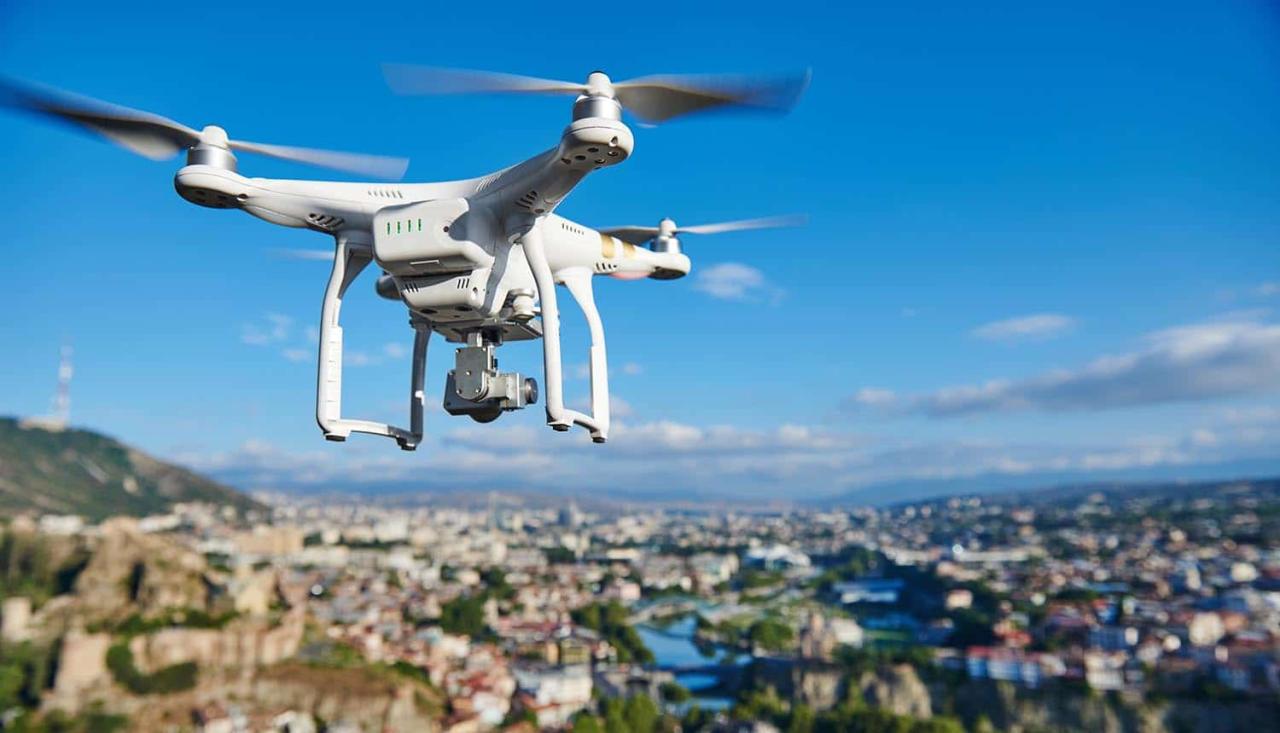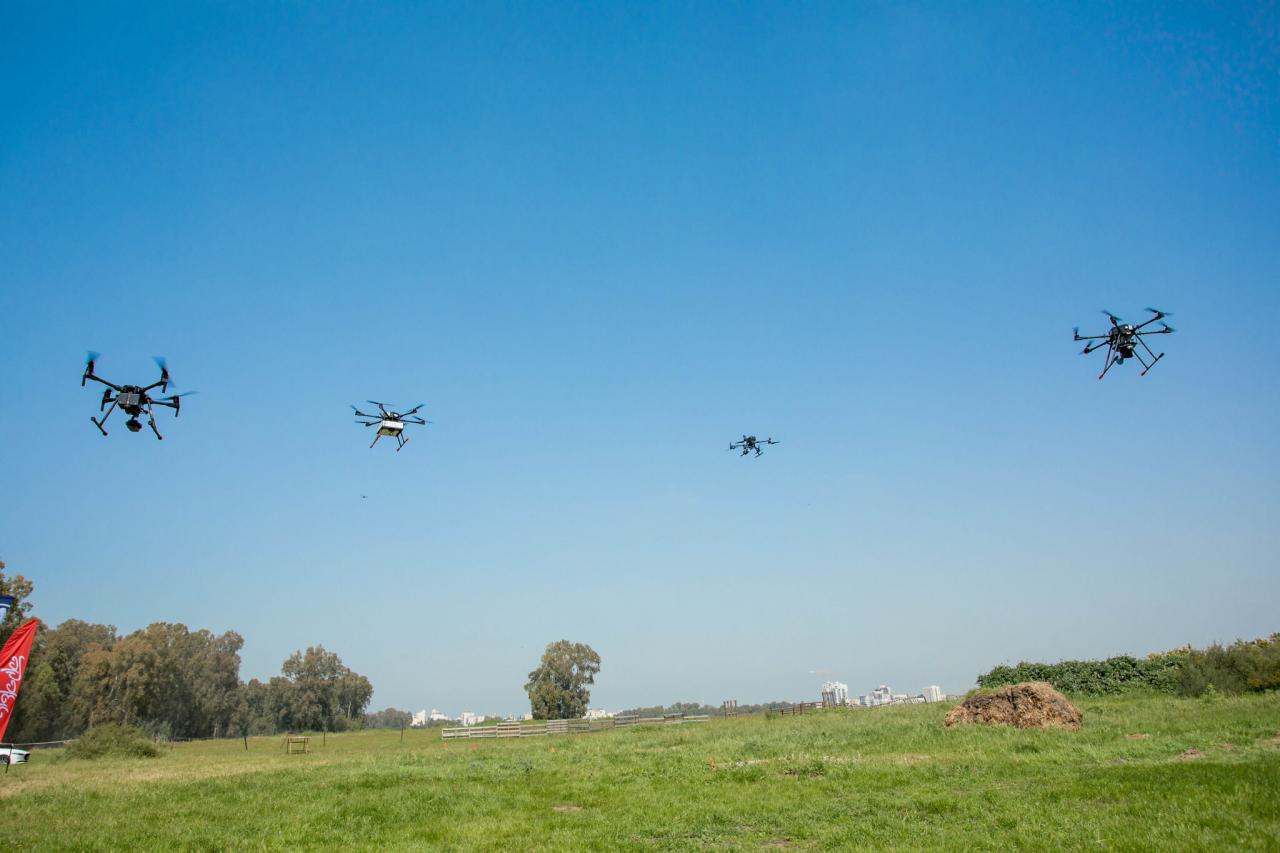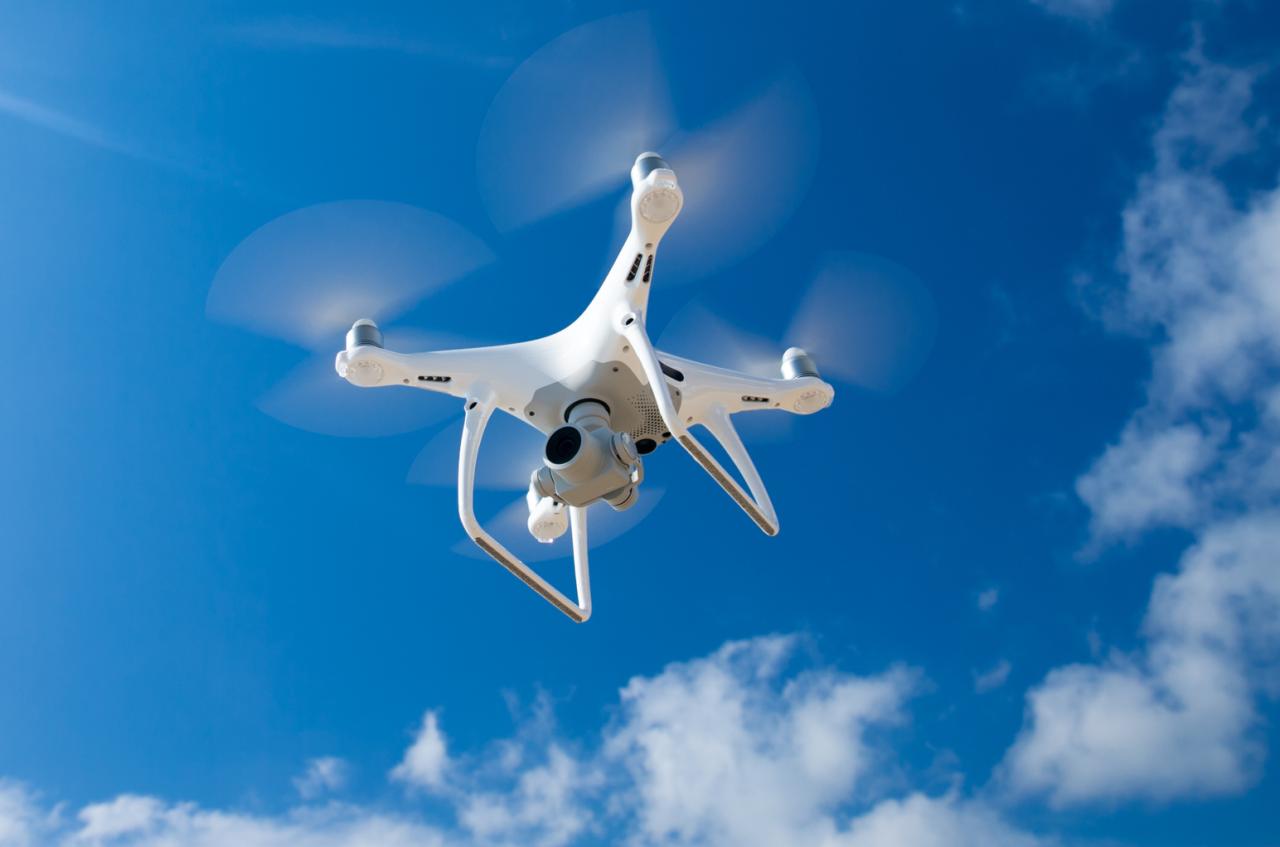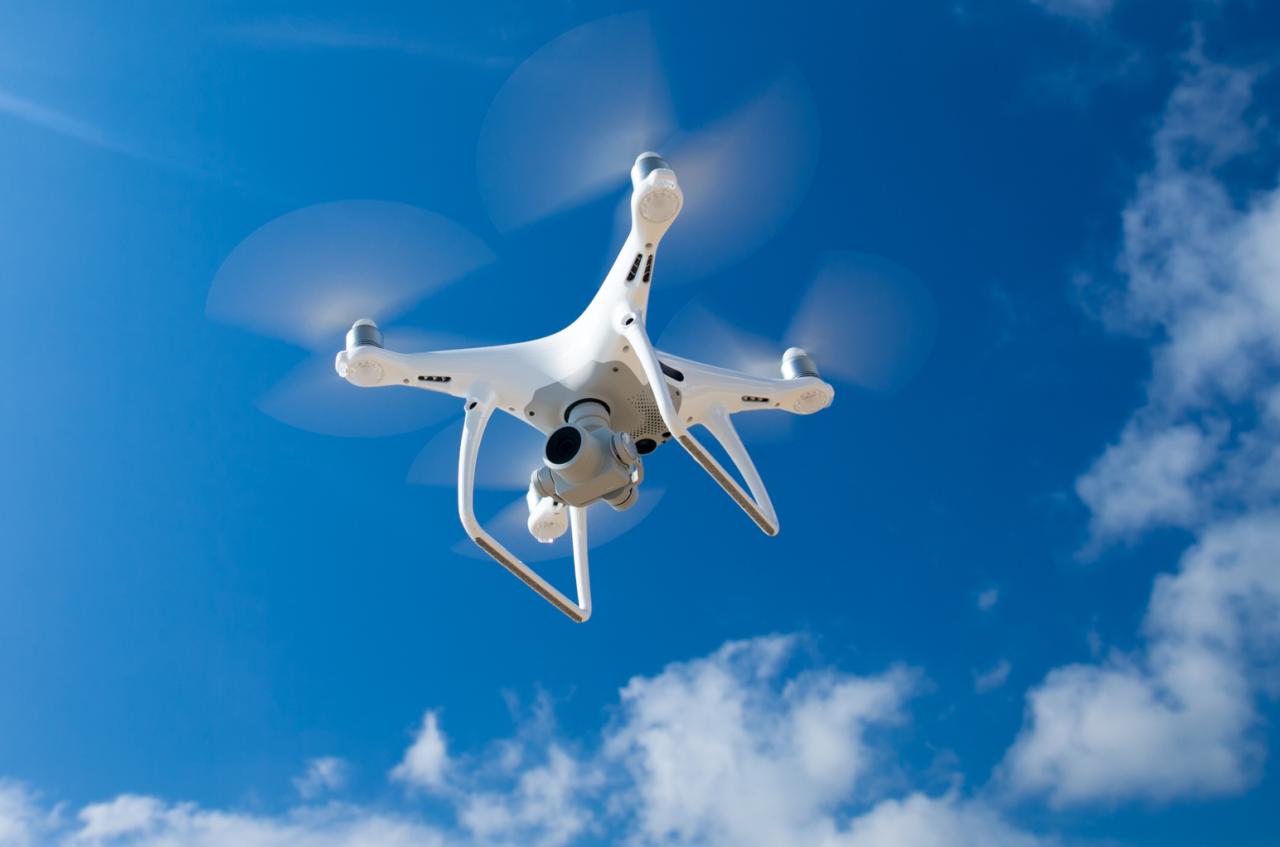Sky elements drones represent a fascinating intersection of technology and atmospheric science. This exploration delves into the multifaceted challenges and opportunities presented by utilizing drones in diverse atmospheric conditions, from clear skies to severe weather events. We will examine how various sky elements—including clouds, fog, rain, and snow—impact drone operations and data acquisition, and how technological advancements are mitigating these challenges.
The discussion will cover the types of sensors employed in drones designed for diverse atmospheric conditions, their performance characteristics, and the role of onboard processing in enhancing data reliability. We will also investigate the practical applications of sky elements drones across diverse fields, including weather forecasting, air quality monitoring, and atmospheric research, highlighting both successes and limitations. Finally, we will address crucial safety and regulatory considerations and explore the exciting future trends in this rapidly evolving field.
Sky Elements in Drone Operations: Sky Elements Drones

The successful operation of drones is heavily reliant on understanding and mitigating the impact of various atmospheric conditions. This article delves into the complexities of “sky elements” – encompassing atmospheric conditions, airspace regulations, and visual obstructions – and their influence on drone technology, applications, safety, and future trends.
Sky Elements: Defining the Scope
The “sky,” in the context of drone operations, is a dynamic and complex environment. It encompasses a wide range of atmospheric conditions, including temperature, humidity, wind speed and direction, precipitation (rain, snow, hail), cloud cover, fog, and visibility. Furthermore, it includes airspace regulations, designated flight zones, and potential visual obstructions like buildings, trees, and power lines. These elements collectively influence drone flight stability, data acquisition accuracy, and overall operational safety.
Different sky elements present unique challenges. For instance, strong winds can destabilize multirotor drones, while heavy rain or snow can impair sensor performance. Fog significantly reduces visibility, limiting the operational range and safety of all drone types. Clouds can interfere with GPS signals and limit the amount of sunlight available for certain sensor types. Fixed-wing drones are generally more resilient to wind than multirotor drones, but are more susceptible to adverse weather conditions that affect lift and control.
Drone Technology and Sky Elements
The effectiveness of drones in various atmospheric conditions is closely tied to their sensor technologies and onboard processing capabilities. Different sensors have varying sensitivities and tolerances to different sky elements.
| Sensor Type | Sky Element | Performance Metric | Limitations |
|---|---|---|---|
| Visible Light Camera | Fog, Low Light | Image Quality Degradation | Reduced visibility, poor image contrast in fog and low light. |
| Thermal Camera | Rain, Snow | Signal Interference | Water droplets can absorb or reflect thermal radiation, reducing image clarity. |
| LiDAR | Heavy Rain, Fog | Signal Attenuation | Scattering and absorption of laser pulses by water droplets and fog particles. |
| Radar | Rain, Snow | Signal Attenuation and Clutter | Rain and snow can cause signal attenuation and introduce clutter into the radar data. |
Onboard processing plays a crucial role in mitigating the impact of adverse sky elements. Real-time data processing allows for adjustments to flight parameters, sensor settings, and data filtering, improving the reliability of data acquired under challenging conditions. Effective data management ensures that data is properly labeled, stored, and accessible for post-processing analysis, accounting for the effects of atmospheric conditions.
Applications of Sky Element Drones

Drones equipped with appropriate sensors are increasingly used for monitoring and analyzing various sky elements across a range of applications. These applications often involve collecting data in environments that are difficult or dangerous for traditional methods.
Sky elements drones offer a versatile platform for aerial photography and data acquisition, particularly useful in challenging environments. For instance, consider the breathtaking views achievable using a drone, potentially even comparable to the stunning imagery captured by the cobequid pass camera , which provides a fixed perspective. Ultimately, both technologies contribute valuable visual data, albeit from differing vantage points, highlighting the diverse applications of aerial observation systems.
- Weather Forecasting: Drones can provide real-time data on wind speed, temperature, humidity, and precipitation at various altitudes, enhancing the accuracy of weather models.
- Air Quality Monitoring: Drones can measure pollutants like particulate matter and gases, providing spatial and temporal data for better understanding of air quality patterns.
- Atmospheric Research: Drones are used to study atmospheric phenomena like cloud formation, aerosol distribution, and the exchange of energy and momentum between the atmosphere and the Earth’s surface.
A successful case study involves the use of drones equipped with LiDAR to map cloud formations during severe weather events. This data provided valuable insights into the dynamics of storm development and improved the accuracy of storm forecasting. Another example includes the deployment of drones to measure air quality in urban areas, providing crucial data for public health initiatives.
- Benefits: Cost-effectiveness, increased spatial and temporal resolution, access to remote and hazardous locations, real-time data acquisition.
- Limitations: Sensitivity to weather conditions, limited flight time, regulatory restrictions, data processing requirements.
Safety and Regulations, Sky elements drones

Operating drones in diverse sky elements requires careful consideration of safety protocols and adherence to regulations. Safety protocols should account for reduced visibility, potential for equipment malfunction due to extreme weather, and the risk of collisions with obstacles.
Regulations governing drone operations are constantly evolving to address the challenges posed by varying atmospheric conditions. These regulations typically define permissible flight altitudes, operational limitations during adverse weather, and pilot qualifications. Compliance with these regulations is crucial for safe and legal drone operation.
A decision-making flowchart would consider factors such as wind speed, visibility, precipitation, and cloud cover. Based on these factors, the flowchart would recommend whether to proceed with the flight, delay the flight, or cancel the flight altogether. This ensures safe and responsible drone operation.
Future Trends and Developments
Advancements in drone technology are continuously improving their ability to operate in diverse sky elements. These advancements include improvements in sensor technology, enhanced flight control systems, and the integration of AI and machine learning.
AI and machine learning can enhance drone autonomy by enabling them to adapt to changing atmospheric conditions in real-time. This includes autonomous decision-making regarding flight path adjustments, sensor calibration, and emergency procedures. These capabilities significantly enhance safety and efficiency.
A future drone designed for extreme weather operations might incorporate features such as advanced weather sensors, robust structural design capable of withstanding high winds and precipitation, and self-healing capabilities to address minor damage sustained during operation. It might also employ redundant systems for critical components, ensuring operational reliability even under severe conditions. The drone would likely incorporate advanced AI for autonomous navigation and decision-making in unpredictable weather.
In conclusion, the utilization of drones to monitor and interact with sky elements is a rapidly advancing field with immense potential. While challenges related to atmospheric conditions and regulations persist, ongoing technological advancements, particularly in sensor technology and AI-driven autonomy, are paving the way for safer, more reliable, and more versatile drone operations. The integration of sophisticated data processing techniques further enhances the value and accuracy of the information gathered, contributing significantly to various scientific and practical applications.
The future promises even more sophisticated drones capable of operating in increasingly challenging atmospheric conditions, expanding the horizons of atmospheric research and environmental monitoring.
FAQ
What are the limitations of using LiDAR in foggy conditions?
Sky Elements Drones specializes in crafting breathtaking aerial displays, utilizing cutting-edge technology for seamless, synchronized drone performances. However, even with meticulous planning, accidents can occur, as highlighted by a recent incident reported in the news; you can read more about this drone show accident to understand the complexities involved. Understanding these challenges allows Sky Elements Drones to continuously improve safety protocols and deliver consistently spectacular shows.
LiDAR’s performance significantly degrades in fog due to light scattering and absorption by water droplets, reducing range and accuracy.
How do regulations vary for drone operations in different countries?
Drone regulations vary widely by country, often depending on factors like airspace classification, drone weight, and intended purpose. It’s crucial to check local aviation authorities for specific requirements.
What is the typical lifespan of a drone used for sky element monitoring?
Sky Elements Drones prides itself on safe and spectacular drone displays. However, even with meticulous planning, accidents can occur, as highlighted by a recent incident detailed in this report: drone show accident. Learning from such events is crucial for improving safety protocols and ensuring future Sky Elements Drones shows remain both breathtaking and risk-free.
Lifespan varies greatly depending on the drone’s make, model, usage frequency, and maintenance. However, a typical range could be 2-5 years with proper care.
What are the ethical considerations of using drones for atmospheric data collection?
Ethical considerations include data privacy, responsible data usage, environmental impact, and potential risks to wildlife or other airspace users.
